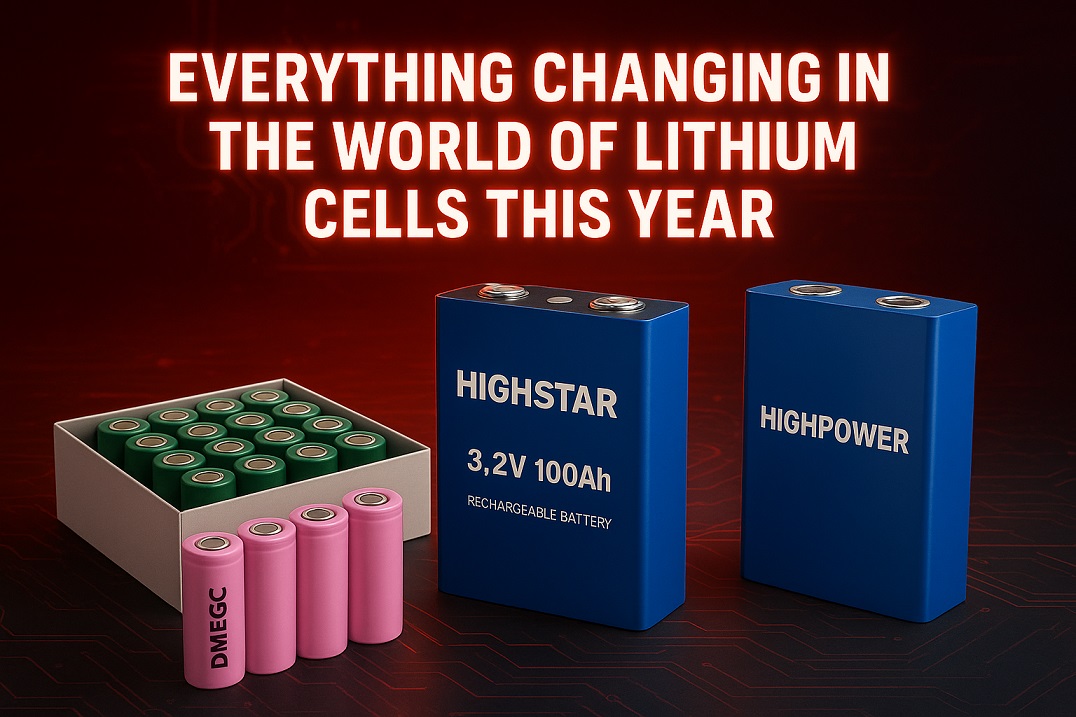Battery management systems are an essential component of all lithium-ion battery packs. They are the key to the safe, reliable, and efficient functioning of lithium-ion batteries. All lithium battery packs require a BMS. It is important to select the right type of BMS for your battery. There are several off-the-shelf BMSs available in the market today and they are of different topologies. These BMSs can be fundamentally classified into – Centralised and Decentralised.
Centralized Battery Management Systems
A centralized BMS is one central pack controller that monitors, balances, and controls all the cells. The entire unit is housed in a single assembly, from which the wire harness goes to the cells of the battery. These wires are used for cell voltage, temperature measurements and balancing. The board is commonly powered from the battery output and does not require an external power supply. It consists of multiple Analog Digital Converters (ADC) channels as part of the cell monitoring circuitry. The voltage on each cell is referenced to the BMS ground and this voltage grows with the number of cells and provides high voltage at the ADC channels that measure the topmost cells in the stack.
The cell monitoring circuitry is also coupled with an intelligence circuitry. The intelligence circuitry is responsible for internal communication with the cell monitoring circuitry for data acquisition, computing the battery’s State of Charge (SoC) and State of Health (SoH), controlling the Power Distribution Unit (PDU), and external communication.
Decentralized Battery Management Systems
A decentralized BMS does not have the entire cell monitoring and intelligence circuitry on a single assembly. This architecture can be implemented through various topologies as explained below:
Modular: The battery management system is divided into multiple, identical modules, each with its bundle of wires going to one of the batteries in the pack. Typically, one of the modules is designated as a master, as it is the one that manages the entire pack and communicates with the rest of the system. In contrast, the other modules act as simple remote measuring devices. Readings from the other modules to the master module are transferred via a communication link.
Master-Slave: This architecture comprises the Master and Slave BMS units. The slave unit monitors, balances, and controls a group of battery cells within the battery module. It communicates with the master unit through a communication interface. The Master unit is responsible for state estimation, control of the Power Distribution Unit (PDU) and external communication. A master-slave BMS is similar to a modular system, in the sense that it uses multiple identical modules (the slaves), each measuring the voltage of a few cells.
However, the master is different from the modules and does not measure voltages. It only handles computation and communications.
Distributed: A distributed BMS is significantly different from the other topologies. While the electronics are grouped and housed separately from the cells in other topologies, a distributed BMS has the electronics contained on cell boards that are placed directly on the cells being measured.
Instead of many tap wires between cells and electronics, a distributed BMS uses just a few communication wires between the cell boards and a BMS controller, which handles computation and communications.











